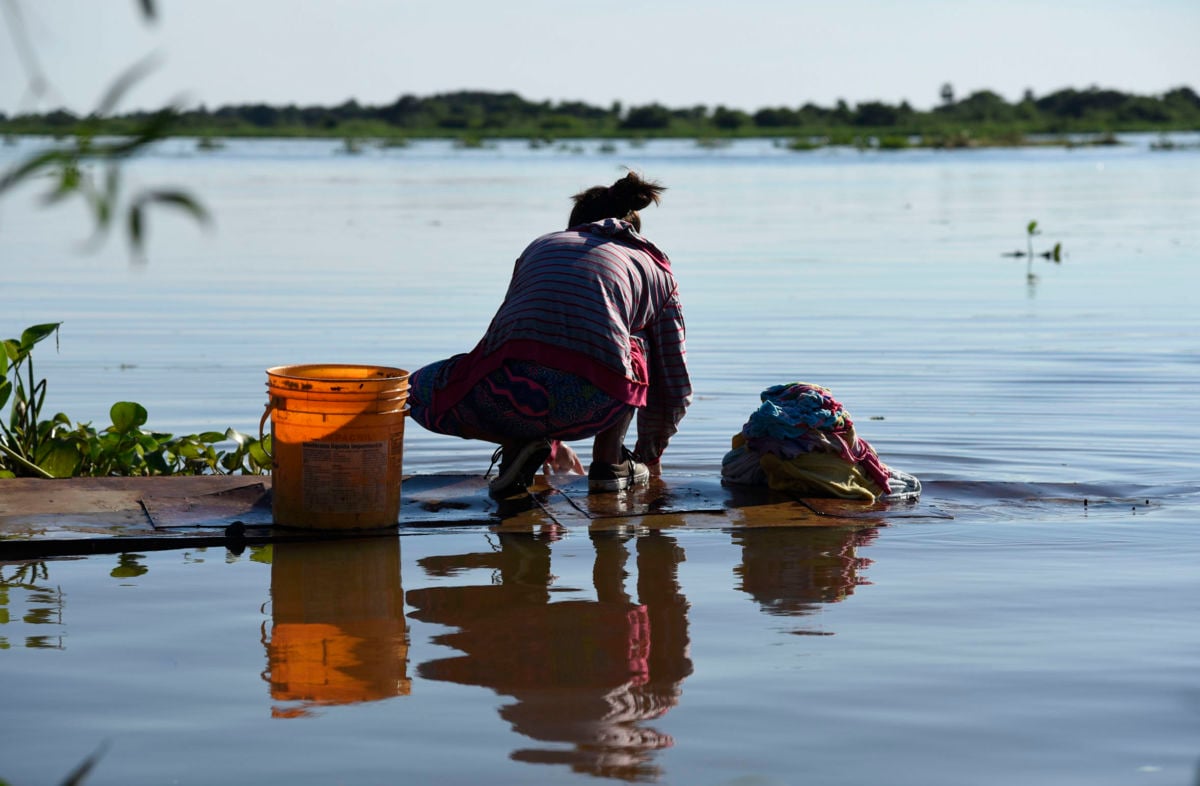The Paraguayan Chaco region has been home to various groups of Indigenous peoples for millennia. But over the past few years, the land has been invaded by agribusinesses for the purpose of unsustainable livestock production.
As a result, the Chaco is losing forests at a rate of 240,000 hectares per year. At the current rate of deforestation, in 24 years, all Chaco forest cover would all be gone, and the effects will be mostly irreversible. To make matters even worse, the land is increasingly being covered in genetically modified soy and the toxic agrochemicals that go hand-in-hand with it. The soy is primarily produced as feedstock for factory farms in Europe and other parts of the world. Cattle ranchers and soy planters have stolen Indigenous land in the Chaco and forced its people into slave labor.
Every day, the Chaco’s inhabitants see immense convoys of ships and barges passing before their eyes, carrying away their resources to feed others in faraway places, with the profits of this trade remaining beyond their reach.
The unjust and exploitative trade rules that have caused the agribusiness takeover of the Chaco are set to worsen further with the proposed European Union-Mercosur Free Trade Agreement between the EU and the Latin American bloc Mercosur, which includes Argentina, Brazil, Paraguay and Uruguay. It is the world’s fourth-largest trading bloc. This deal will give corporations even more power to prioritize producing steak, pork and chicken for European consumers, while the lives of the Chaco’s inhabitants will remain submerged in poverty and hunger.
The photos below offer a glimpse into the lives of the Chaco’s Indigenous people and the struggles they face.
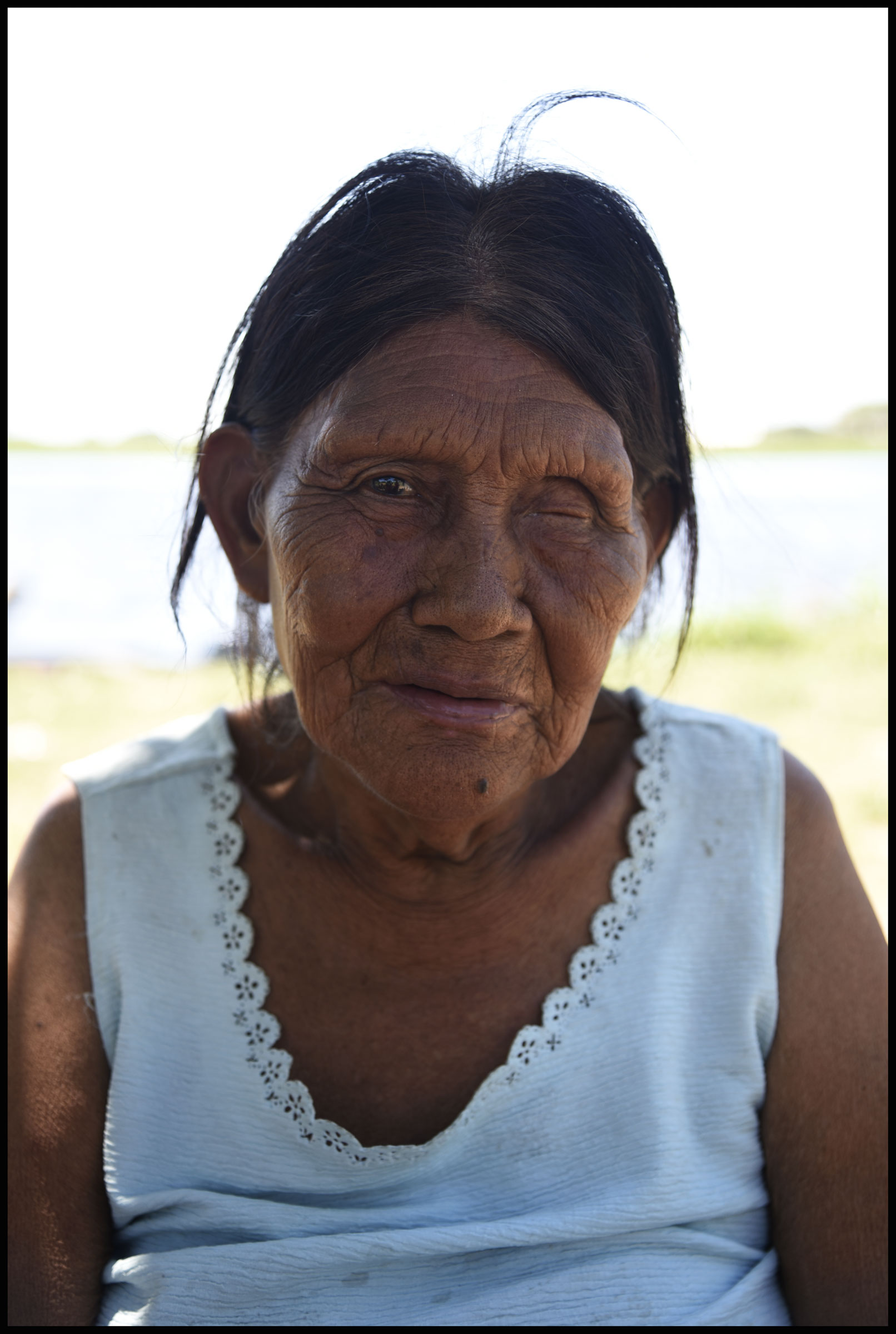
Despite living along the Paraguay River, one of the most important navigable rivers in the Americas, the Indigenous peoples of the Chaco live completely isolated lives, forgotten by governments and public policies.
Pictured here is an Ayoreo elder from the community of Puerto María Auxiliadora.
Looking into the distance, she doesn’t say a single word as she listens to others narrate her story. She used to live in the forest as a member of one of the remaining uncontacted tribes in the Chaco. While still young, in the 1970s, she was contacted and taken to “civilization.” Many Ayoreo die from diseases like measles when they are contacted for the first time; she was one of the few who survived.
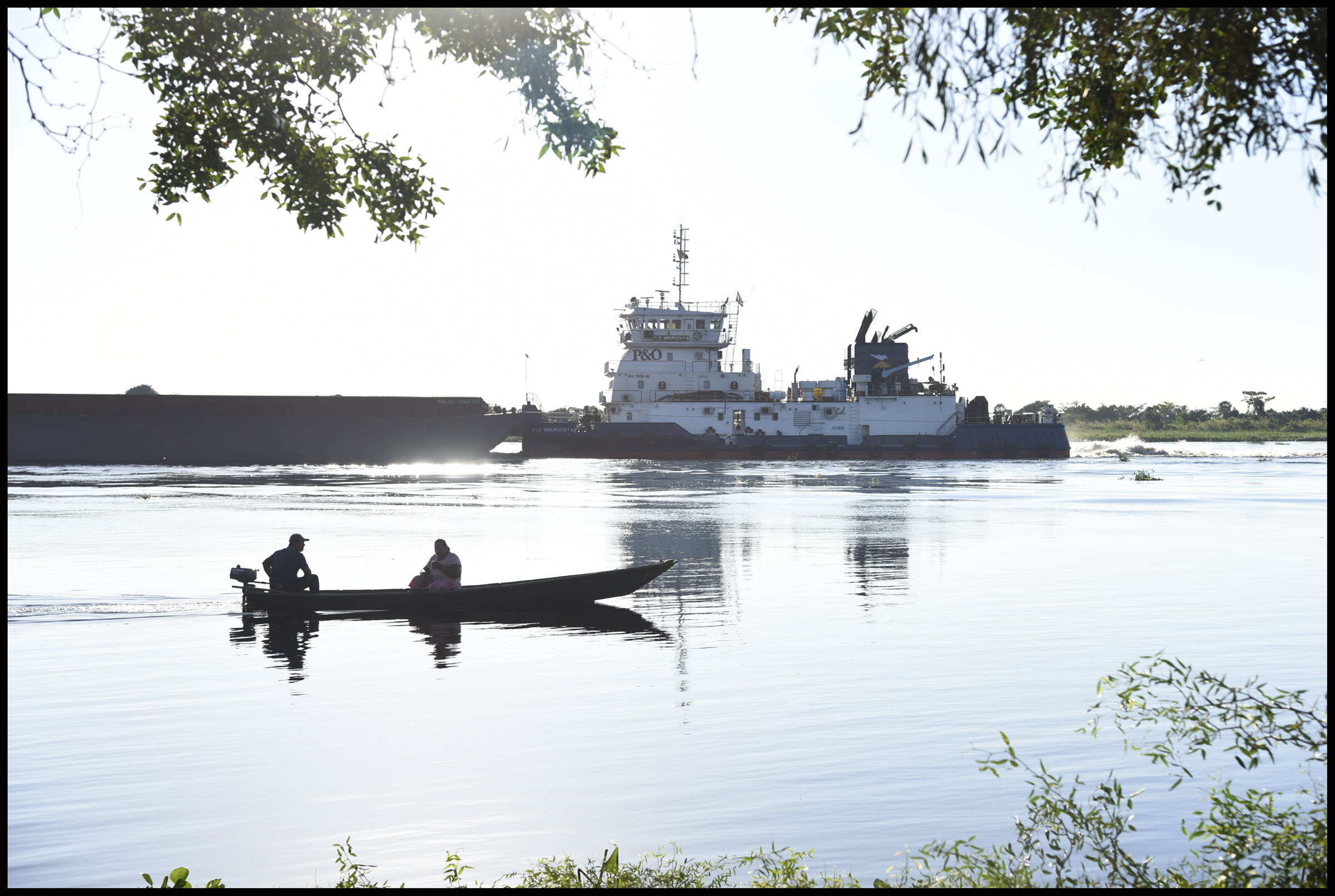
Pictured here is Puerto Diana in Alto Paraguay. In the foreground, members of the Ishir Indigenous community are crossing the Paraguay River by a small boat. In the background is a gigantic tugboat, pulling a convoy of barges carrying products from the Chaco, including soybeans. In Paraguay, two main products make up over 65 percent of export value: cattle and soybeans. A trade agreement between the European Union and Mercosur countries will only exacerbate the high rate of deforestation and land clearance to make way for cattle ranching and monoculture soy fields.
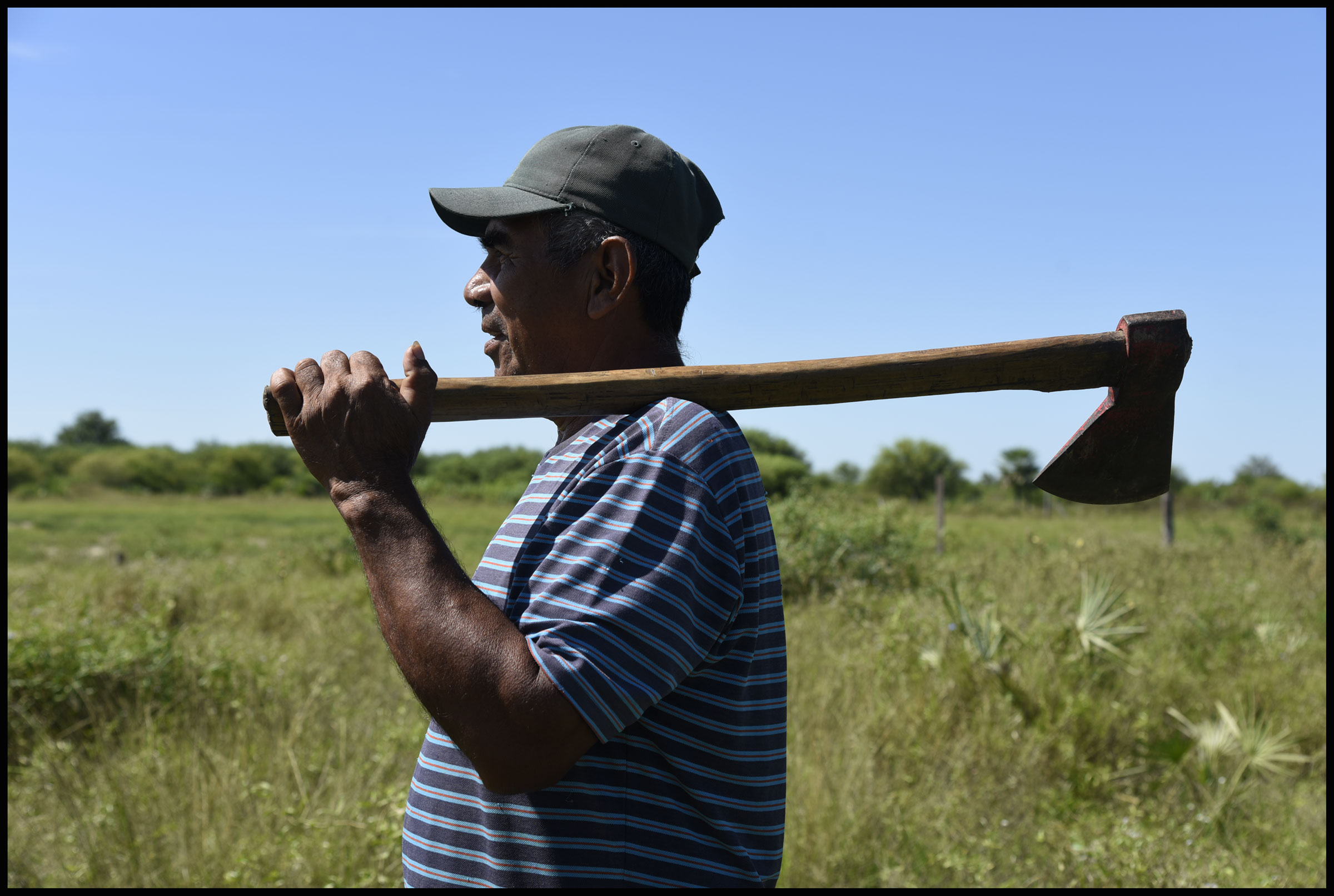
An Ishir man from Puerto La Esperanza walks toward the community limits to cut firewood.
The communities here depend on fishing, and they also raise pigs and chickens for subsistence. Virtually nothing remains of their forest because everything has been cleared to plant soy and to graze cattle. These communities are in a constant battle with agroindustry and large cattle ranchers, who have taken their lands and limited their access to it. The absence of infrastructure and weak state presence as a result of the region’s remoteness means that there is no rule of law in these regions.
The European Union-Mercosur agreement could create a framework that restricts the state’s ability to define policies that favor sustainable production and consumption. Fiscal reforms and subsidies are mostly oriented toward agriculture and industrial production, at the cost of small-scale farmers.
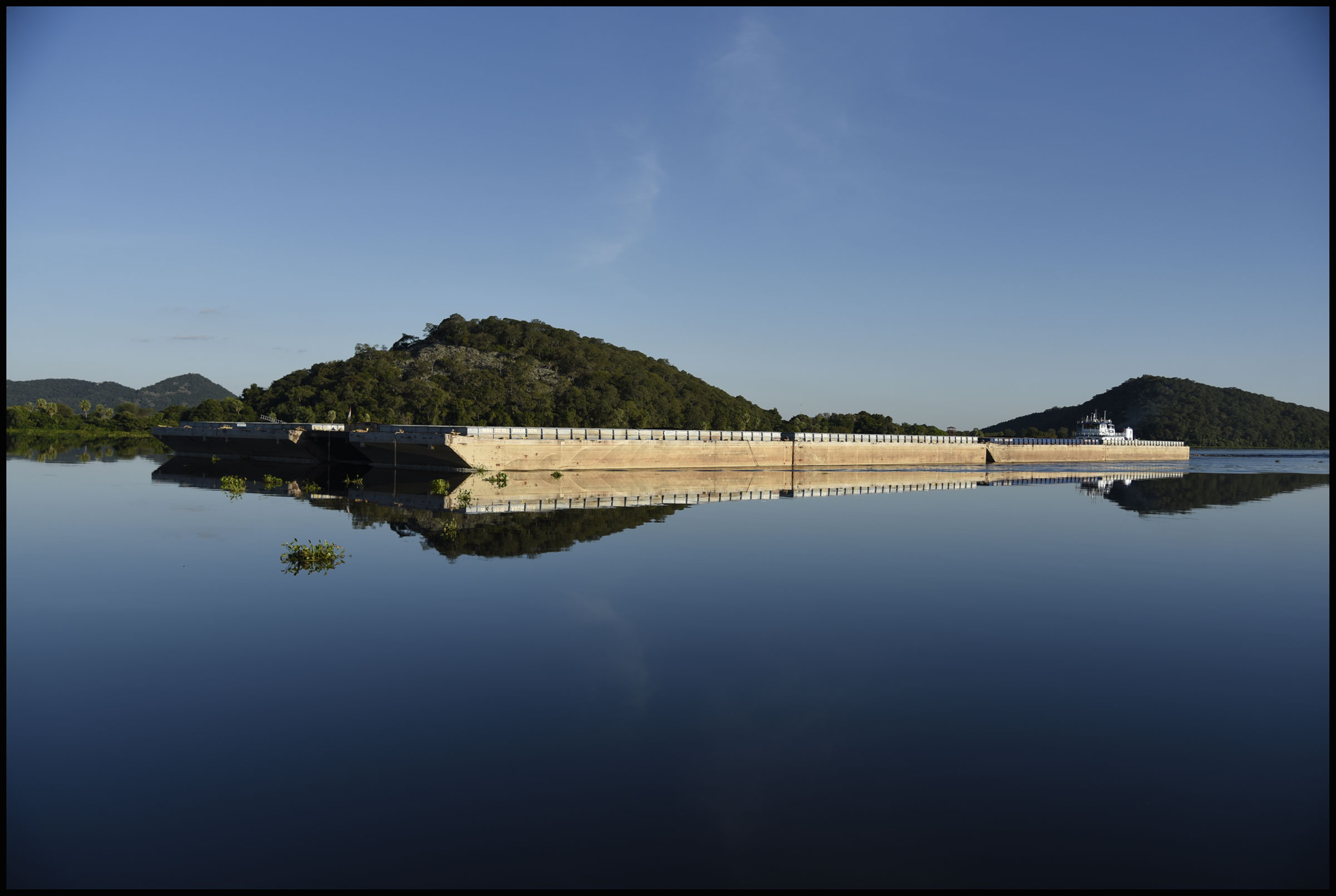
A convoy of 11 barges sails along the Paraguay River, crossing in front of a mountain range that lies in the neighboring country of Brazil.
In Paraguay, the soy industry is overwhelmingly concentrated on the export market, with negligible production for domestic consumption. The majority of exports pass through Argentina or Brazil for shipping and end up in China and Europe, where much of the import is used for animal feed.
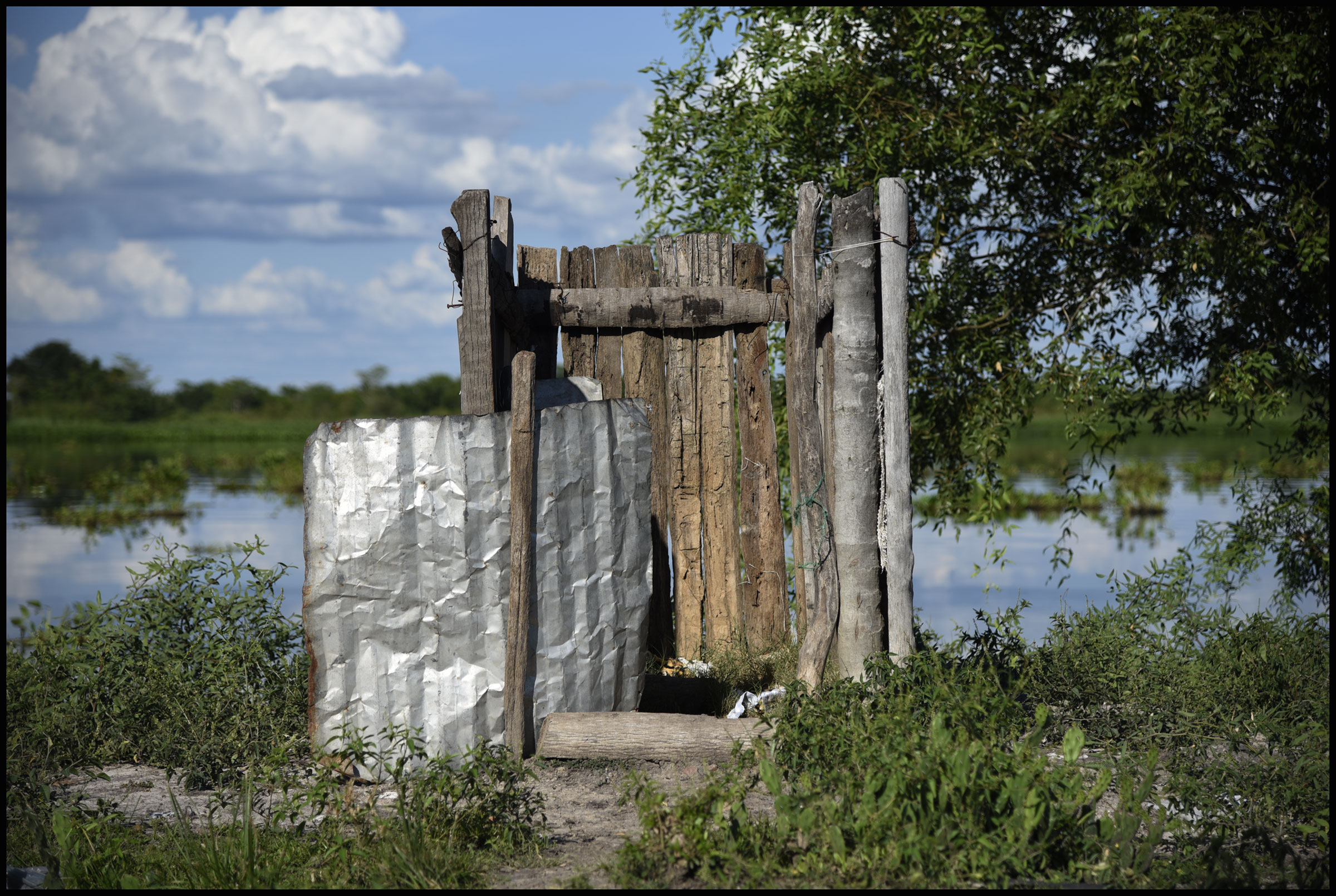
Pictured here is a makeshift bathroom made with Caranday wood on the banks of the Paraguay River in Puerto Pollo. Caranday is a native palm, used for constructing homes.
The state’s abandonment of the Indigenous peoples of the Chaco is such that local communities here lack even basic health, sanitation and communication services. The revenue from soy and beef production, concentrated in the hands of the few, has not yet reached the people of the Chaco. While the corporations increase their profits, local people face eviction.
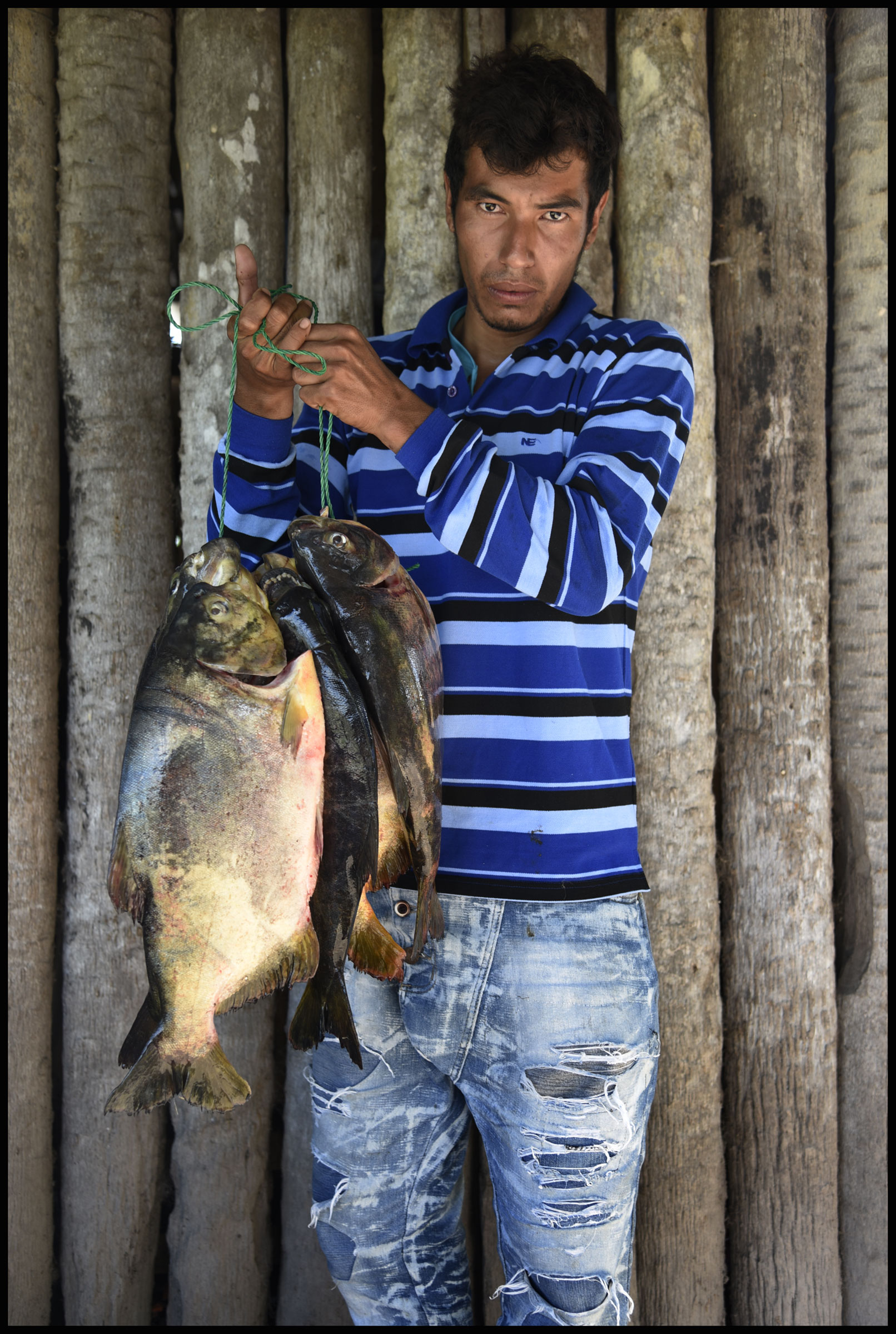
Pictured here is a fisher from the Ishir community. He displays the day’s catch in front of a Caranday bark wall.
Artisanal fishing is one of the main sources of food for the Indigenous communities of the Chaco. The fishers point out that the river today is significantly polluted, a result of the massive quantities of toxic chemical runoff from genetically modified soy plantations in the area.

A young woman washes clothes in the waters of the Paraguay River in the Ishir community of Puerto Diana.
The majority of women in the Ishir community do housework and produce handicrafts. Some have managed to go to school and have become teachers in their own communities. In order to make a living, many also end up as sex workers in the capital, Asunción, or in neighboring Brazilian towns.
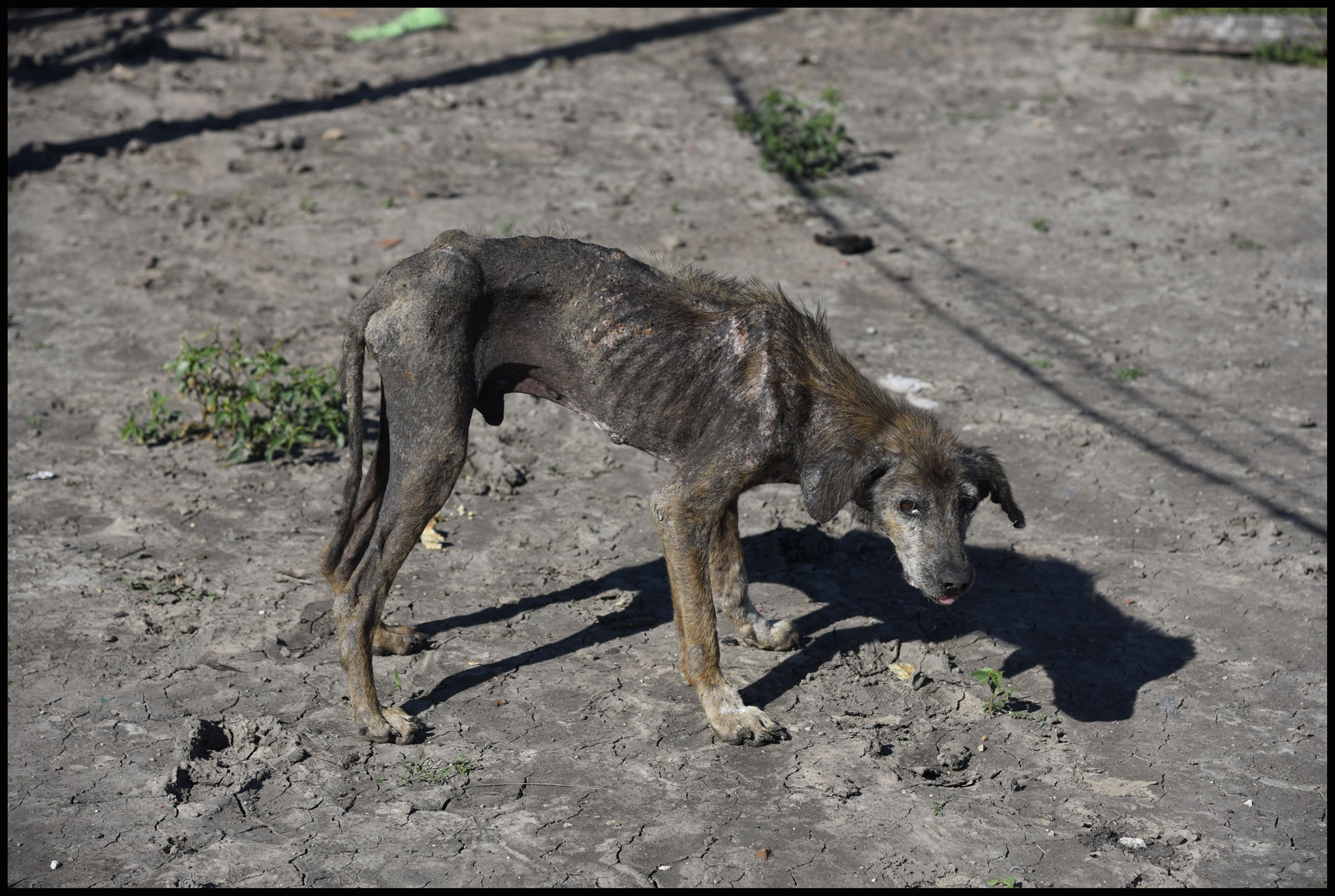
A starving dog looks at the camera. Hunger prevails over a land that looks sterile thanks to an economic model of extractivism that prioritizes the consumption of meat and dairy by Europeans over the food sovereignty and survival of Indigenous people in the Chaco.
Under trade agreements like the European Union-Mercosur, corporations drive decisions, using land for commercial purpose rather than food sovereignty.
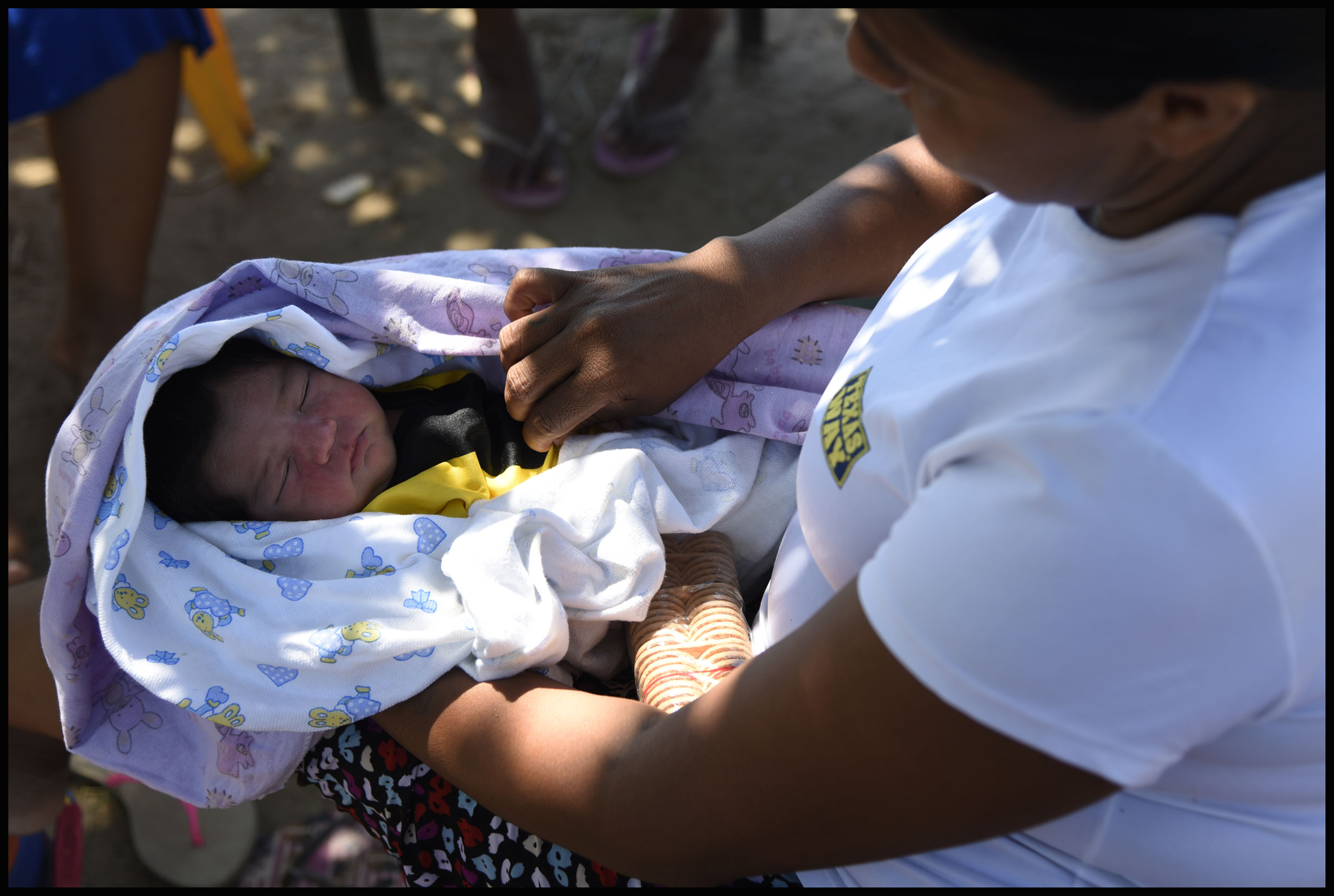
Life resists death and destruction in the Chaco.
In the Ayoreo community of Carmelo Peralta, a mother lovingly looks at her newly born 2-day-old daughter.
We’re not backing down in the face of Trump’s threats.
As Donald Trump is inaugurated a second time, independent media organizations are faced with urgent mandates: Tell the truth more loudly than ever before. Do that work even as our standard modes of distribution (such as social media platforms) are being manipulated and curtailed by forces of fascist repression and ruthless capitalism. Do that work even as journalism and journalists face targeted attacks, including from the government itself. And do that work in community, never forgetting that we’re not shouting into a faceless void – we’re reaching out to real people amid a life-threatening political climate.
Our task is formidable, and it requires us to ground ourselves in our principles, remind ourselves of our utility, dig in and commit.
As a dizzying number of corporate news organizations – either through need or greed – rush to implement new ways to further monetize their content, and others acquiesce to Trump’s wishes, now is a time for movement media-makers to double down on community-first models.
At Truthout, we are reaffirming our commitments on this front: We won’t run ads or have a paywall because we believe that everyone should have access to information, and that access should exist without barriers and free of distractions from craven corporate interests. We recognize the implications for democracy when information-seekers click a link only to find the article trapped behind a paywall or buried on a page with dozens of invasive ads. The laws of capitalism dictate an unending increase in monetization, and much of the media simply follows those laws. Truthout and many of our peers are dedicating ourselves to following other paths – a commitment which feels vital in a moment when corporations are evermore overtly embedded in government.
Over 80 percent of Truthout‘s funding comes from small individual donations from our community of readers, and the remaining 20 percent comes from a handful of social justice-oriented foundations. Over a third of our total budget is supported by recurring monthly donors, many of whom give because they want to help us keep Truthout barrier-free for everyone.
You can help by giving today. Whether you can make a small monthly donation or a larger gift, Truthout only works with your support.
